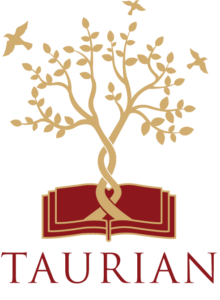Rational Numbers
August 4, 2020 2025-04-09 5:16Rational Numbers

Rational Numbers
Pure mathematics is, in its way, the poetry of logical ideas.
— Albert Einstein, German theoretical physicist
A number is called Rational if it can be expressed in the form p/q where p and q are integers (q > 0). It includes all natural, whole number and integers.
Example: 1/2, 4/3, 5/7,1 etc.
Properties of Rational Numbers
1. Closure Property
This shows that the operation of any two same types of numbers is also the same type or not.
a. Whole Numbers
If p and q are two whole numbers then
| Operation | Addition | Subtraction | Multiplication | Division |
| Whole number | p + q will also be the whole number. | p – q will not always be a whole number. | pq will also be the whole number. | p ÷ q will not always be a whole number. |
| Example | 6 + 0 = 6 | 8 – 10 = – 2 | 3 × 5 = 15 | 3 ÷ 5 = 3/5 |
| Closed or Not | Closed | Not closed | Closed | Not closed |
b. Integers
If p and q are two integers then
| Operation | Addition | Subtraction | Multiplication | Division |
| Integers | p+q will also be an integer. | p-q will also be an integer. | pq will also be an integer. | p ÷ q will not always be an integer. |
| Example | – 3 + 2 = – 1 | 5 – 7 = – 2 | – 5 × 8 = – 40 | – 5 ÷ 7 = – 5/7 |
| Closed or not | Closed | Closed | Closed | Not closed |
c. Rational Numbers
If p and q are two rational numbers then
| Operation | Addition | Subtraction | Multiplication | Division |
| Rational Numbers | p + q will also be a rational number. | p – q will also be a rational number. | pq will also be a rational number. | p ÷ q will not always be a rational number |
| Example | p ÷ 0
= not defined |
|||
| Closed or Not | Closed | Closed | Closed | Not closed |
Representation of Rational Numbers on the Number Line
On the number line, we can represent the Natural numbers, whole numbers and integers as follows
By,
Middle School



